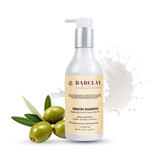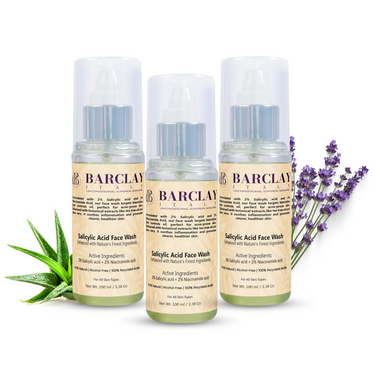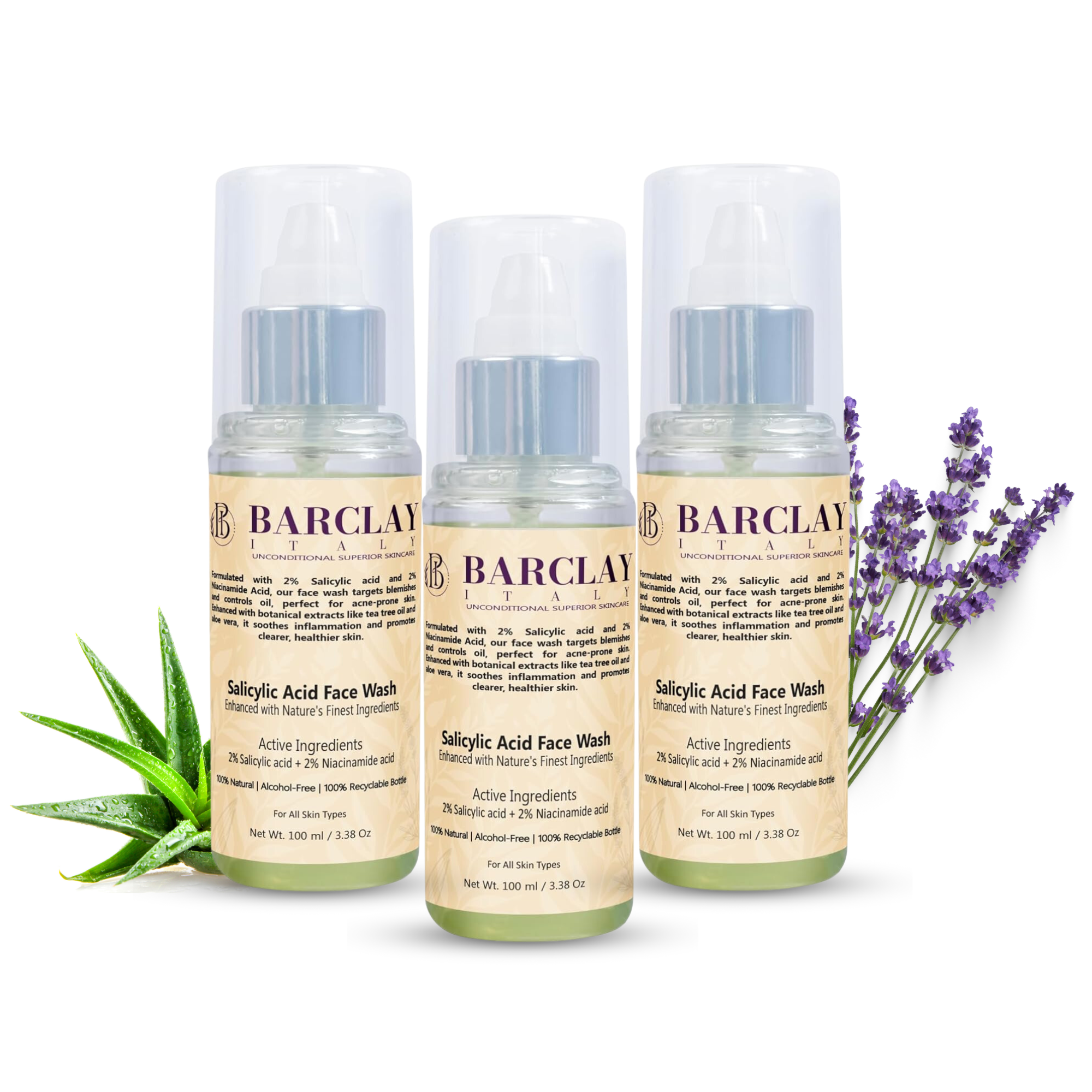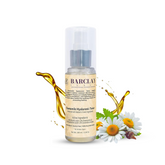100% Mineral Sunscreen vs. Oxybenzone Sunscreen: Which One Is Right for Your Skin?
Sunscreen protects our skin from damaging UV rays, avoids premature aging, and minimizes the risk of skin cancer. Yet, not all sunscreens are equal. The most controversial debate in the skincare industry today is between 100% mineral sunscreen and chemical sunscreens with oxybenzone. Although both provide sun protection, their impact on your skin and overall well-being is worlds apart.

If you've been considering which one is better, this guide simplifies the main differences, advantages, and possible risks, enabling you to make an informed choice.
What Is 100% Mineral Sunscreen?
100% mineral sunscreen, or physical sunscreen, features only mineral-based active ingredients such as:
• Zinc Oxide (20%) – Offers broad-spectrum UV protection by reflecting UV rays away from the skin.
• Titanium Dioxide (10%) – A soft, non-irritant mineral that gives protection from UV rays.
Whereas chemical sunscreens work by absorbing UV radiation, mineral sunscreens form a barrier on the skin that repels UV radiation. That implies that as soon as you use it, you are protected.
Key Advantages of 100% Mineral Sunscreen

✅ Instant UV Protection – Working immediately upon application, as compared to chemical sunscreens that require 20 minutes to kick in.
✅ Safe For All Skin Types – Ideal for sensitive, acne, or irritated skin.
✅ Non-Toxic & Chemical-Free – No oxybenzone, avobenzone, or other nasty chemicals.
✅ Non-Greasy & Matte Finish – Different from chemical sunscreens, mineral formulas deliver a light, matte finish.
✅ Reef-Safe & Eco-Friendly – No coral-degrading chemicals like oxybenzone or octinoxate.
What Is Oxybenzone Sunscreen?

Oxybenzone sunscreen belongs to the class of chemical sunscreens. Synthetic UV filters such as:
-
Oxybenzone – A UV radiation-absorbing chemical that has been implicated in possible hormone disruption.
-
Avobenzone, Octinoxate, Octocrylene, Homosalate – Other chemical absorbers of UV radiation into the skin.
Chemical sunscreens do not form a physical barrier but instead absorb UV rays, transform them into heat, and dissipate them from the skin. Although this action affords protection from the sun, it also generates some concerns regarding possible health threats.

Concerns & Side Effects of Oxybenzone Sunscreen
❌ Hormone Disruption – Oxybenzone was detected in human blood, breast milk, and urine, triggering fears of hormone imbalance.
❌ Delayed Protection – Chemical sunscreens take some 20 minutes to become effective.
❌ Skin Sensitivity & Allergic Reactions – Can cause irritation, particularly among sensitive and acne skin individuals.
❌ Greasy, Sticky Feel – A majority of chemical sunscreens leave behind an oily feeling that clogs pores.
❌ Not Reef-Safe – Research indicates that oxybenzone harms coral reefs, causing it to be banned in Hawaii and elsewhere.



















